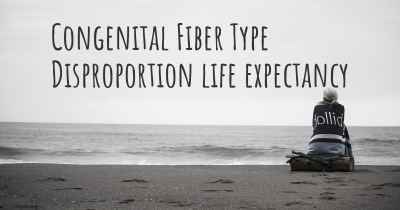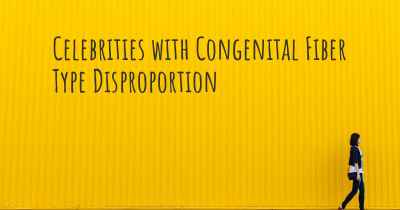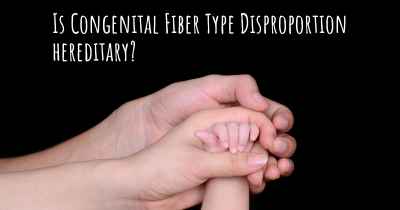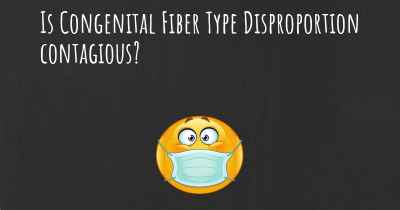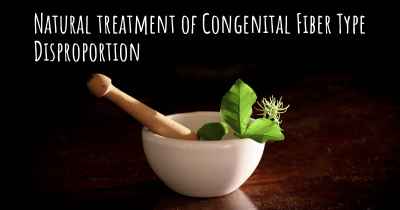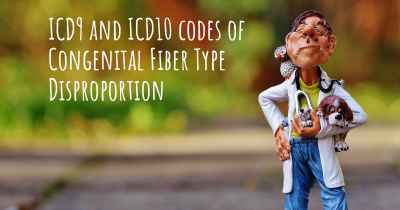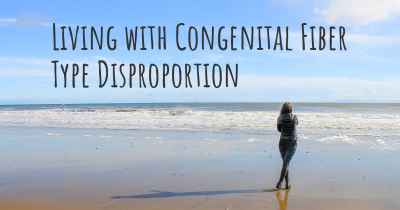What are the best treatments for Congenital Fiber Type Disproportion?
See the best treatments for Congenital Fiber Type Disproportion here
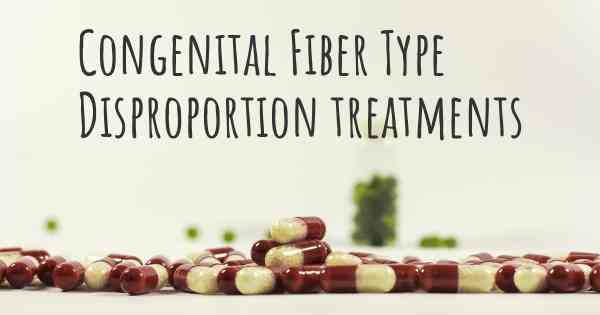
Treatments for Congenital Fiber Type Disproportion
Congenital Fiber Type Disproportion (CFTD) is a rare genetic muscle disorder characterized by an imbalance in the size and composition of muscle fibers. It primarily affects skeletal muscles, leading to muscle weakness, delayed motor development, and potential respiratory complications. While there is no cure for CFTD, several treatments and interventions can help manage the symptoms and improve the quality of life for individuals with this condition.
Physical Therapy
Physical therapy plays a crucial role in the management of CFTD. A skilled physical therapist can design a personalized exercise program to improve muscle strength, flexibility, and coordination. These exercises may include stretching, resistance training, and low-impact aerobic activities. Physical therapy can also help individuals with CFTD optimize their motor skills and achieve developmental milestones.
Respiratory Support
In severe cases of CFTD, respiratory complications may arise due to weak respiratory muscles. Respiratory support measures such as non-invasive ventilation or the use of a continuous positive airway pressure (CPAP) machine can assist with breathing and improve oxygenation. These interventions aim to enhance respiratory function and prevent respiratory infections.
Orthopedic Interventions
Individuals with CFTD may experience orthopedic issues such as joint contractures, scoliosis, or foot deformities. Orthopedic interventions may include the use of braces, splints, or orthotic devices to support proper alignment and prevent further complications. In some cases, surgical interventions may be necessary to correct severe skeletal abnormalities.
Speech and Swallowing Therapy
CFTD can affect the muscles involved in speech and swallowing, leading to difficulties in communication and feeding. Speech and swallowing therapy can help individuals with CFTD improve their oral motor skills, enhance speech clarity, and address swallowing difficulties. These therapies may involve exercises, techniques, and adaptive strategies to promote effective communication and safe eating.
Genetic Counseling
Since CFTD is a genetic disorder, genetic counseling can be beneficial for affected individuals and their families. Genetic counselors can provide information about the inheritance pattern, recurrence risks, and available genetic testing options. They can also offer emotional support and help individuals make informed decisions regarding family planning.
Supportive Care
Supportive care measures are essential for individuals with CFTD to manage their symptoms and improve their overall well-being. This may include pain management strategies, assistive devices for mobility, and regular monitoring of respiratory function. Additionally, psychological support and counseling can help individuals and their families cope with the challenges associated with CFTD.
It is important to note that the effectiveness of treatments may vary depending on the severity of CFTD and individual factors. Therefore, a multidisciplinary approach involving various healthcare professionals, including neurologists, physiatrists, pulmonologists, and occupational therapists, is crucial to tailor the treatment plan to each individual's specific needs.
